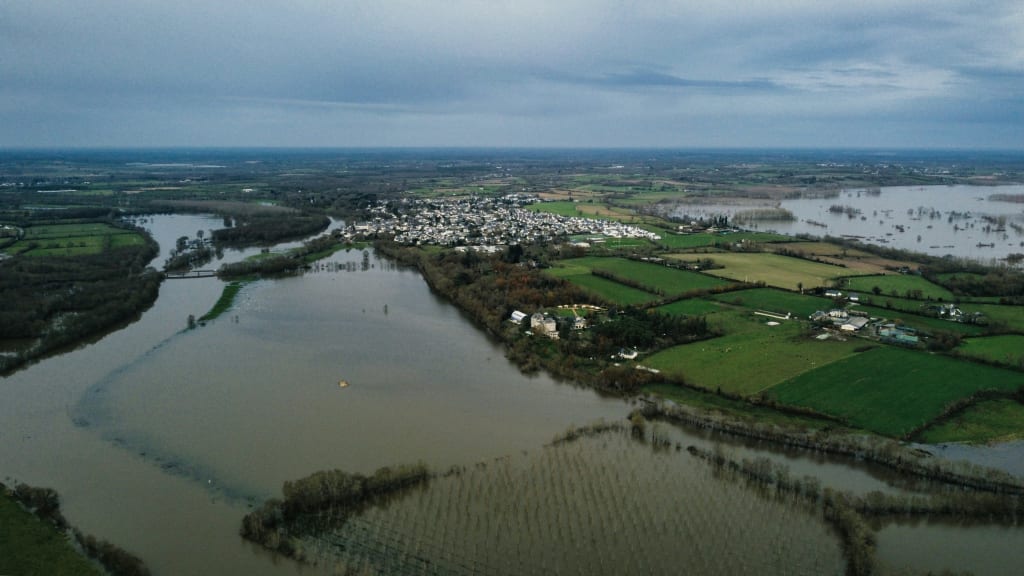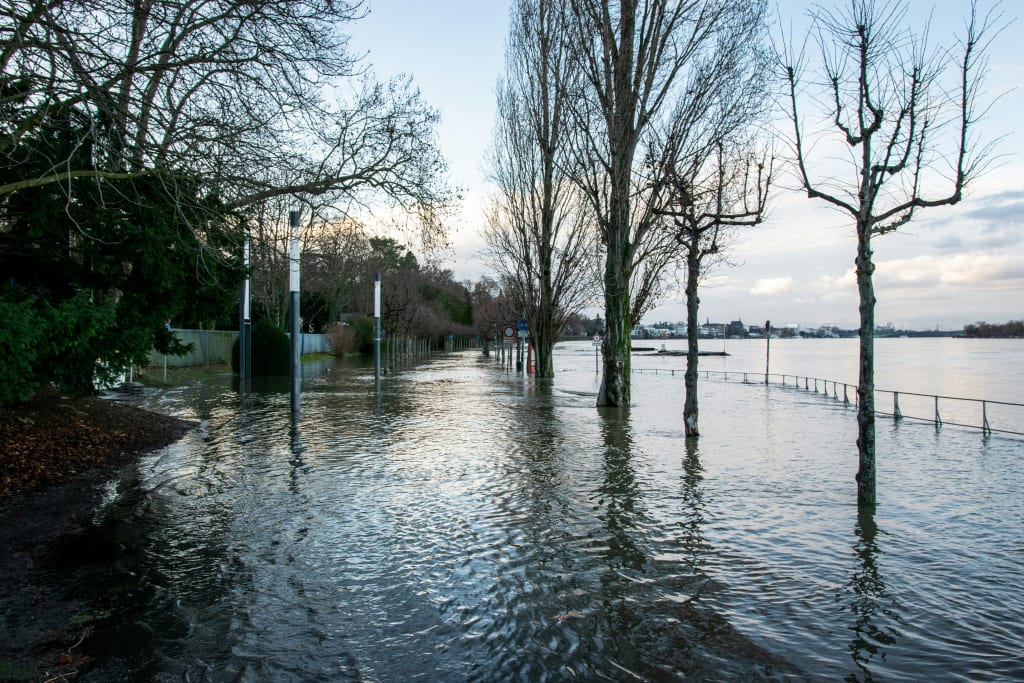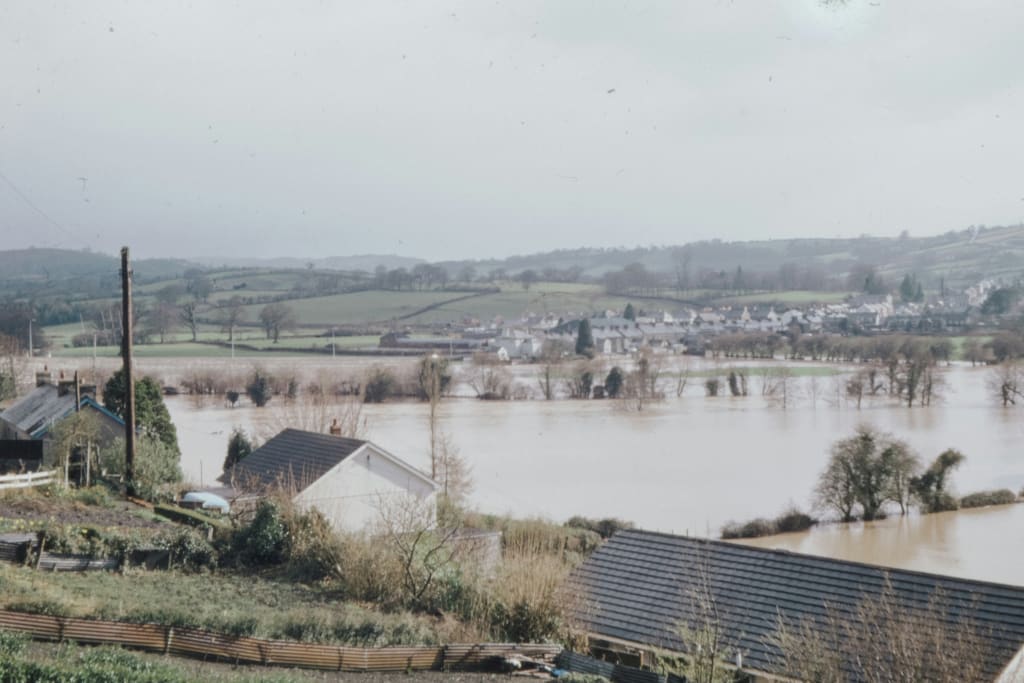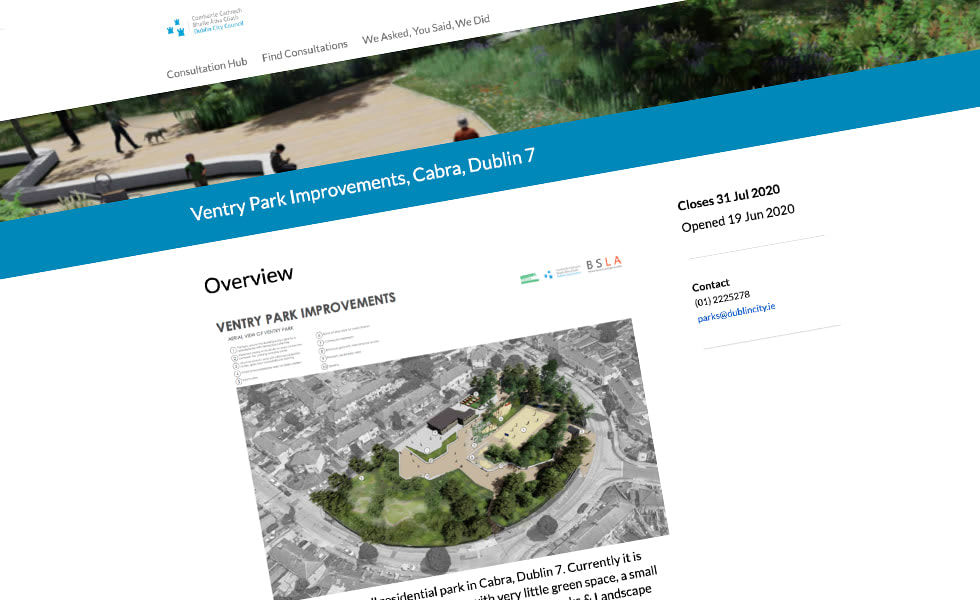
UK based.
Flooding is one of the most significant natural hazards that commonly pose a risk to life. Over the last decade, as global temperatures have skyrocketed and sea levels have risen, it has become more and more common. There are many areas across the country that had rarely if ever had incidents of flooding historically that now face these issues annually.
Flood risk management is therefore a growing priority for central governments, local authorities, environmental agencies and of course for affected residents. Having effective local, regional and national strategies involves a great deal of planning, modelling and consultation.
The Role of Land Use Management in Flood Risk

The way land is used is one of the most significant determinants of flood risk. New developments – particularly those on or near floodplains and wetlands – have the potential to affect a given area’s vulnerability to flood damage
Just a few examples of how land use in urban areas can impact flood risk include:
- Using a significant amount of concrete and tarmac, which reduces ground permeability and causes runoff.
- Reducing green spaces, which can disrupt local water cycles and lead to water build up during heavy rainfall.
- Building new housing estates before flood defences are altered to account for changes.
- Not developing sewerage and drainage systems to keep up with changing population and climate.
Rural land development can also have a big impact on flood risk. Intensive farming practices, including deforestation and poor soil management, reduces the ability of the land to retain water. This means more water is runoff into rivers, leading to water levels in rivers rising rapidly when there has been heavy rain.
When urban developments are downstream from these rivers, it can mean they face a double problem: their own urban planning issues and the rural flood risks from the surrounding areas. Flood plains, originally established to prevent flooding downstream, are sometimes drained or built on to meet immediate need with little thought given to the future of floodplain management.
Writing in Nature, Khodaei et al studied the effect of land use on flood susceptibility:
“Changes in land use and land cover (LULC) are vital for flood susceptibility mapping. LULC, especially the growth of urban regions, have a profound impact on hydrological processes, including runoff patterns, peak flow attributes, water quality, and streamflow redirection.”
Implementing Sustainable Drainage Systems
To mitigate these risks, good land use management strategies are vital. This can include restoring wetlands, protecting flood plains, and implementing Sustainable Drainage Systems (SuDS). Other more long term work, like reforestation, working to reduce climate change, and upgrading waterways are also very important for future flood risk management.
Developing the right strategy for a given area is key. Whether it is necessary to slow the movement of water across farmland, reduce strain on urban infrastructure, or to reduce ongoing costs. Each area and community require their own specific flood risk strategy. In order to develop the right local flood risk strategy, it is necessary to consult all relevant stakeholders and bodies.
Roles and Responsibilities of Stakeholders in Flood Risk Management Plans

Flood risk management is not the sole responsibility of any one organisation in the UK. Instead, it is a shared effort across various bodies in a process that involves multiple stakeholders. Each stakeholder has a role to play in the process, and collaboration is both essential tunso success and legally mandated.
In 2010, the Flood and Water Management Act introduced the legal duty for flood risk management authorities to collaborate. Since then, there has been a marked improvement in communication between the various bodies involved. These bodies often act together or on behalf of one another. An understanding of these stakeholder organisations and what their responsibilities are is essential to any flood risk management plan.
Lead Local Flood Authorities
All unitary authorities and county councils are considered Lead Local Flood Authorities (LLFAs). LLFAs were established by the Flood and Water Management Act 2010 in order to manage flood risk at the local level. They are responsible for surface water, groundwater and in most cases, ordinary watercourses. Their main purpose is to coordinate Local Flood Risk Management Strategies. In other words, the Lead Local Flood Authority will design the flood risk management strategies taken by councils and local authorities in their area.
For the public, LLFA’s will be their primary interaction with flood management. They are statutory consultees for developments on floodplains and other flood prone areas, and have significant power in land use decisions that may increase flood risk. As flood risk is never entirely localised given the interconnected nature of waterways and weather events, they work closely with other organisations.
Environment Agency
At the national level, the Environment Agency (EA) takes a leading role in flood strategy. It manages flood risk from main rivers, reservoirs and the sea. Many of the tools used to design local flood management strategies are created by the EA. These include flood risk mapping, forecasting and national policy briefings. Although the work of the EA is seen as large-scale and infrastructural, they also do a great deal of consulting with LLFAs on local flood risk.
Water and Sewerage Companies
Water and sewerage companies are responsible for maintaining their own systems to ensure they can cope with high levels of rainfall. They must be built and maintained in such a way that they do not increase flood risk. They also have a legal duty to ensure the areas they serve are drained properly. There has been some notable criticism of water and sewerage companies
in recent years for failing to comply with this duty.
These companies work alongside LLFAs and developers to ensure that local sewer systems and water supplies can cope with any new development or population changes.
Other Public Bodies
There are, of course, many other public bodies that interact in some way with flood management. The degree of involvement they have depends on the area, proposed development, and overall context. Just some of these bodies include:
- Internal Drainage Boards
- The Mining Remediation Authority
- Highway Authorities
- Natural England
- Emergency Services
Developers and Landowners
Although not public bodies, developers and landowners still have a duty to ensure that new developments don’t increase flood risk. They usually have to implement Sustainable Drainage Systems or ensure their upkeep. In the majority of cases, developers and landowners must consult with LLFAs before any major land use change.
Creating a Local Flood Risk Management Strategy

A Local Flood Risk Management Strategy (LFRMS) is developed by an LLFA to provide a roadmap to reduce local flood risk. The strategy must combat both flood risk and – where relevant – coastal erosion.
Creating a LFRMS involves identifying risks, prioritising those risks according to resource, and of course a great deal of consultation and collaboration on flood defence.
1. Understanding Risks
The first step in risk management is risk assessment. LLFAs must identify what types of flooding could occur, and how likely that occurrence is in any given period. They must also assess the impact that flooding would have and how that impact could be mitigated.
In order to do this, data must be collected from historic flooding and future risk of flooding should be modelled. Mapping areas of vulnerability, understanding the needs and behaviour of the local population, and factoring in future climate predictions are all essential to getting an accurate picture of local flood risk.
2. Setting Objectives and Prioritising
After assessing the risk factors, it is essential to set clear objectives. Setting objectives within a LFRMS could include:
- Protecting a specific community that has suffered repeat flooding.
- Reducing the number of properties at risk from a flood event.
- Improving the speed and success of emergency services.
- Promoting sustainable drainage systems and natural flood management.
- Ensuring critical infrastructure remains operational during floods.
When resources are limited, it is important to know how to prioritise those objectives according to both resource requirement and community need. These are often difficult decisions. For example, it may make more sense to divert resources to protect a school from flooding than a library.
One of the most important things to do at this stage is to consult with stakeholders whose input on flood risk reduction and protection measures will be invaluable. .
3. Consulting with Risk Management Authorities
Developing a flood management strategy often requires a statutory consultation with other Risk Management Authorities. Even where consultation is not legally mandated, consulting stakeholders is a good way to ensure all planning and development is done with flood risk management in mind.
An area wide LFRMS should involve consultation with the Environment Agency and other public bodies. These bodies can offer critical input, such as flood modelling, data and help with strategic planning.
Early engagement with stakeholders and regulatory bodies ensures that flood risk can be addressed in a comprehensive manner that covers all aspects of flood risk management. For example, if a large development is proposed near a major waterway, the LLFA may refer to the Environment Agency for advice on flood defences in the area.
The role of a statutory consultee in this context is to provide expert, technical advice. It is therefore beneficial to run regular consultations with these bodies.
4. Consulting with the Public
An important part of any flood risk strategy is consulting with the public. Residents are often the first to be aware of rising groundwater, commonly flooded areas and vulnerable infrastructure.
Local communities also demonstrate the human cost flood water has on an area. Frequently flooded areas can rip communities apart, with residents suffering property damage, health issues, displacement and even danger to life. It is only through public consultation that LLFAs can get a full picture of risk and risk management.
The consultation process builds trust between communities and public bodies, and can offer critical insight to planners and local authorities. While consultations can sometimes be lengthy and complex processes, govtech solutions can significantly lessen the resources required to run one.
Public consultations can also be very useful for preparing communities for flood-related emergencies. Only through working directly with communities can these systems be put in place and tested so they are ready in the case of significant flooding.
5. Funding and Implementation
In order to implement a flood risk management strategy, it must first be funded. Funding a LFRMS can be a challenge. Delivery may involve expensive projects such as new drainage systems or improved flood defences. Other costs may include ongoing maintenance or committees. Funding sources include local authority budgets, funding from other public bodies (like the EA), and developer contributions through Section 106.
Limited resources and funding are one of the reasons that prioritisation is such a key step, however it is also important that the LLFAs meet all of their statutory responsibilities.
6. Ongoing Monitoring and Consultation
It is important for flood risk strategies to adapt with a changing environment. Whether that is climate change, a growing population, new housing developments or natural disasters. Any of these things can significantly change what is required to mitigate flood risk.
Ongoing monitoring and consultation allows public bodies to assess whether interventions are working. LLFAs should report annually on their objectives and publish outcomes where possible. Where the public have been consulted, there should also be a system of updating the public on how their input is being used.
This ongoing system of feedback can help decide where to put additional investment, and how the strategy may be adapted in future.
Citizen Space is the go-to platform for connecting governments, developers, and citizens. If you’d like to learn more about how our software supports flood risk management and consultation, book a free demo and we’ll walk you through it.
Sign up for the Delib newsletter here to get relevant updates posted to your email inbox.